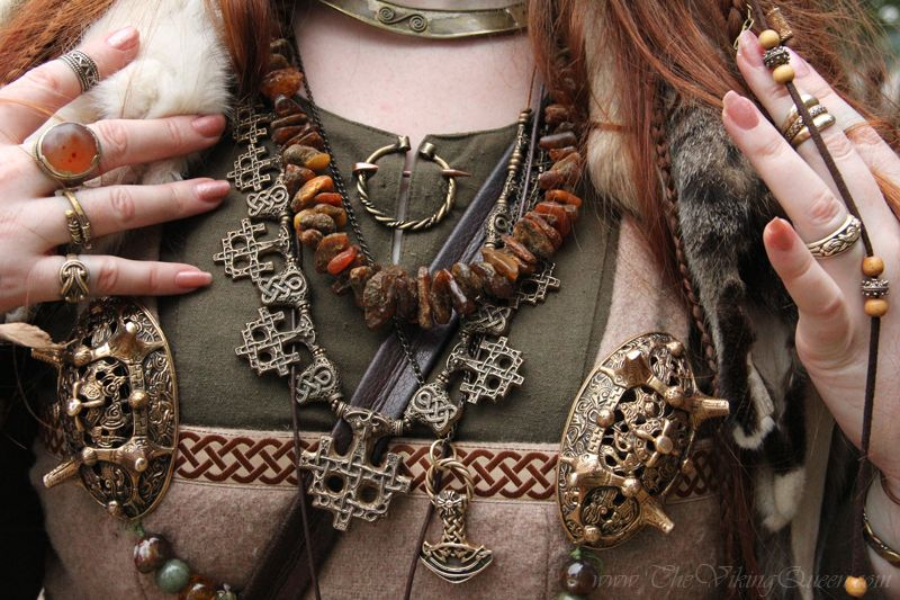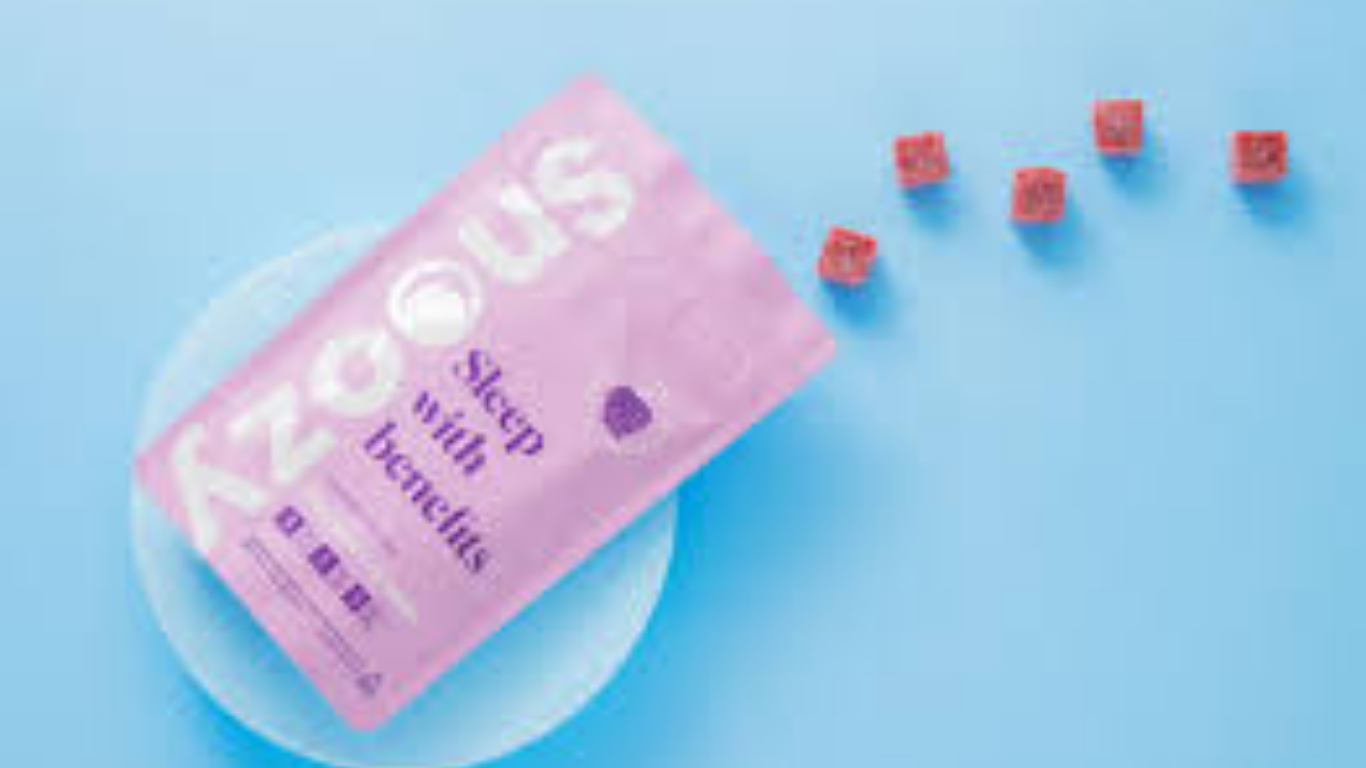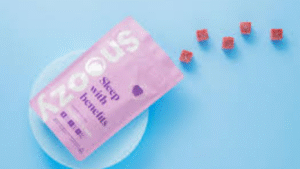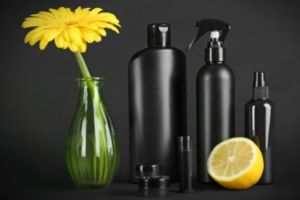History and Types of Viking Jewelry
When there is a discussion about the Viking era [around 800AD] then the first image that comes to mind is bearded warriors carrying long spears attacking defenseless communities on the coast. The fearless savages also wore intricate and beautiful ornaments like necklaces, rings, and bracelets. The materials used were iron, gold, silver, bronze, resin, and amber. The ornaments were simple during the Viking era but evolved as centuries passed. They became more and more delicate and sophisticated.
Viking jewelry did not just add glamor in the dark world but was utilized as a currency for trading. Too valuable or large ornaments got broken in chunks to pay for a suitable deal. It was used just like modern-day coins and notes are used. Not just metals were used to design the Viking jewelry, even stones, and precious rocks were used.
There was also symbolism in the designs taken from Norse Mythology. For example, Torshammer is a jewelry piece that brought good luck. You can check the Viking Jewelry collection at LYR Design. The collection resembles the Viking Jewelry and a little creativity inspired from the Norse period.
Viking necklaces
Necklaces were designed from different metals, iron wires, and natural fibers. Pendants were crafted from precious stones, amber, glass beads, resins, and metallic charms. Pendants were often gifts, souvenirs, or religious symbols, which had a sentimental value to the wearer. Neck rings made from gold, silver, or bronze were worn by both genders.
Viking amulets and pendants
Common Viking pendants include Thor’s Hammer, the tree of life, the Mjolnir, and the Valknut. In few graves, miniature weapons like arrowheads, axes, crosses, and perforated coins were found.
Viking bead ornaments
Glass and amber were used to make Viking bead ornaments. Beads were used as beard jewelry but archeologists report that these were rarely worn. The beaded ornaments had only 1,2, or 3 beads they were worn alone or with an extra pendant. More than 3 beads were hardly worn, which means they were valuable and precious. It perhaps symbolizes status and wealth in the Viking community at that time.
Viking brooches
The Viking culture wore brooches for holding their garment in place. It was an essential item that was used daily. Oval and Penannular brooches [men wore] were a common style worn. Brooches were fastened on the right shoulder with a pin facing upward. Women wore the oval brooches to fasten their cloaks, aprons, and dresses. They were detailed and added visual appeal with chains of colored beads.
Viking rings
The rings found from the Viking gravesites had uneven widths and were adjustable to be worn on different fingers.
Viking earrings
Nordic earrings were intricate and worn across the whole ear as opposed to modern-days hanging from the earlobe. Historians suggest that there were no earrings in the Viking culture. They were Slavic in origin, which the Norsemen forged.
Viking armbands or rings
Arm rings or bands were popular and has a dual purpose – ornamental and currency. Silver and gold armbands were detailed and intricate. They were a display of social standing and wealth. You could find arm rings in different designs and shapes.
Viking jewelry reveals that they were not savages but sophisticated with rich culture!














Post Comment